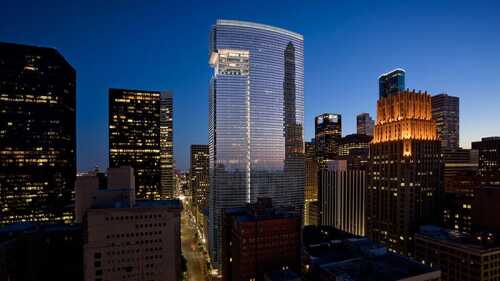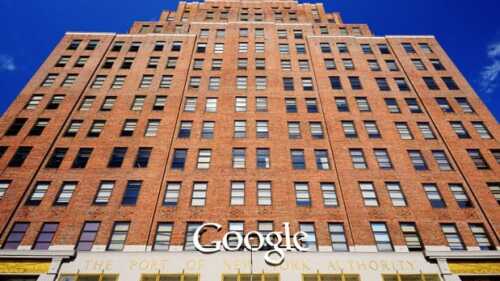Office
At ULI’s Spring Meeting in Houston, AECOM global practice lead Andrew Laing traced the evolution of white-collar work spaces over more than a century in patterns driven primarily by technology.
Downtown urban office and mixed-use markets are “hot,” but so are some suburban markets—including the iconic Silicon Valley. At the ULI Spring Meeting in Houston, a panel moderated by AECOM senior vice president Stephen Engblom explored regional responses to market demands outside traditional downtown markets.
With an estimated 500 million square feet (46.5 million sq m) of underperforming commercial property existing in the market and an influx of real estate capital on the horizon, the repositioning of urban office towers is poised to become a major market-mover in the commercial real estate industry.
Hines is known for developing iconic buildings in Houston—notably One Shell Plaza, Pennzoil Place, and the Houston Galleria—and around the world. But when the company first proposed developing a new office building on a blighted block in downtown Houston, many in the Houston real estate community scratched their heads.
According to a new report from CBRE Research, annual tenant demand, as measured by net absorption, totaled 52.7 million square feet (4.9 million sq m) in 2014—the highest annual amount since 2007.
As panelists demonstrated at the 2014 ULI Fall Meeting, owners and developers are generating new demand for office space by repositioning entire neighborhoods and developing new mixed-use buildings to meet the needs of office users.
Prevailing modes of workplace organization have and continue to be upended by new enterprises, designers, and clients, according to panelists at the 2014 ULI Fall Meeting in New York City.
The downtown area attracts office tenants, residents, and tourists as it rebuilds.
As New York City’s burgeoning tech economy continues to grow, startups face the same challenges for office space they would anywhere else—but have the added challenge of Manhattan-level price tags, vying for space with law firms, banks, and other well-financed tenants.
Extracting oil and natural gas from shale is just one driver of the state’s latest glory days.






